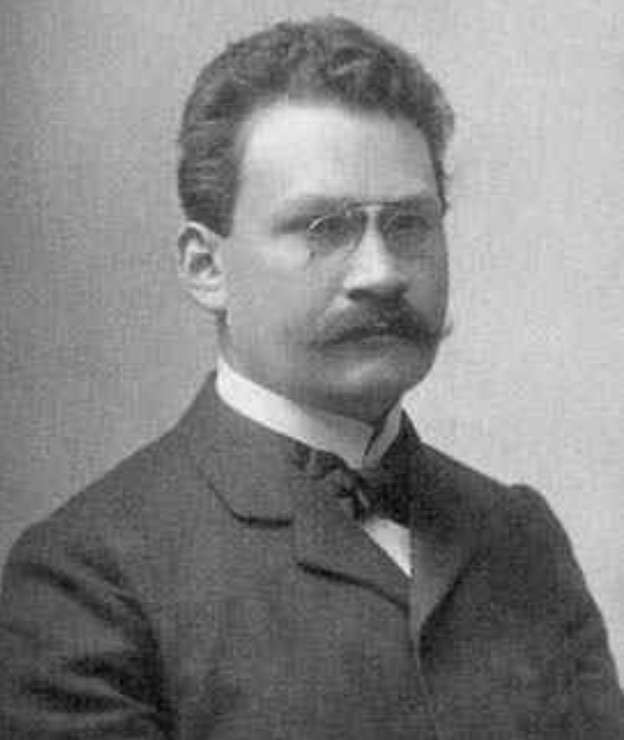
Hermann Minkowski was born on June 22, 1864 in Alexotas, in present-day Lithuania. His parents were German and when Hermann was 8 years old, their family of 7 returned to Germany. Minkowski’s special gift for mathematics first emerged during his studies at the Gymnasium in Königsberg, where he delved into the sophisticated works of Gauss, Dedekind, and Dirichlet. In 1880, he enrolled at the University of Königsberg, two months before his 16th birthday. During his undergraduate years, became friends with David Hilbert and met Hurwitz, a new staff member. He received his doctorate in 1885 from Königsberg University for a thesis on quadratic forms for which he had won the Grand Prix Prize two years earlier.
In 1892, Minkowski was promoted to assistant professor at Bönn University. Two years later he moved back to Königsberg where he taught for two years before being appointed to the Eidgenössische Polytechnikum Zürich where he was one of Einstein’s teachers. Einstein’s reluctance to study mathematics in depth led Minkowski to label him as a “lazy dog”, complaining, “He never bothered about mathematics at all.”
In 1902, Minkowski left Zürich and accepted a chair at the University of Göttingen, where he acquired an interest in theoretical physics. Developing a new perspective of space and time, he laid the mathematical foundations of the theory of relativity, using complex numbers. Recognizing that the work of Lorentz and Einstein could be more easily expressed in a four-dimensional space-time continuum, he used his mathematical depth to align this description with a four-dimensional representation of electrodynamics. Minkowski’s use of the space-time continuum became the cornerstone of Einstein’s formulation of General Relativity.
In spite of his contribution to theoretical physics, Minkowski’s prime interest was in pure mathematics and in the investigation of quadratic forms and continued fractions, leading him to the creation of a branch of number theory known as the geometry of numbers that deals in part with Diophantine approximation. While in the prime of his mathematical career, Minkowski was stricken down at age 44 by a ruptured appendix.
